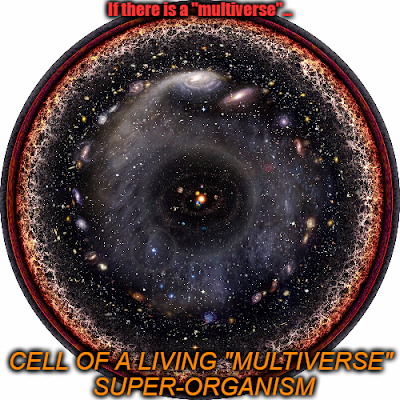The Big Bang Seed. That spontaneous explosion teleological sprouting some 14 billion years ago that created our universe and, in the process, all matter as we know it today.
In the first few minutes following "the bang seed," the universe quickly began expanding growing and cooling maturing, allowing the formation of subatomic particles that joined forces to become protons and neutrons. These particles then began interacting with one another to create the first simple atoms. A little more time unfolding, a little more expansion growth, a lot more cooling maturation—along with ever-present gravitational pull vital force manifestations—and clouds of these elements ingredients began to morph into stars and galaxies.
For William Detmold, an assistant professor of physics at MIT who uses lattice quantum chromodynamics (LQCD) to study subatomic particles, one of the most interesting aspects of the formation of the early universe is what happened in those first few minutes—a period known as the "big bang seed nucleosynthesis."
"You start off with very high-energy particles that cool down as the universe expands, and eventually you are left with a soup of quarks and gluons, which are strongly interacting particles, and they form into protons and neutrons," he said. "Once you have protons and neutrons, the next stage is for those protons and neutrons to come together and start making more complicated things—primarily deuterons, which interact with other neutrons and protons and start forming heavier elements, such as Helium-4, the alpha particle."
"One of the things that is very interesting about the strong interaction that takes place in the radiative capture process is that you get very complicated structures forming, not just protons and neutrons," Detmold said. "The strong interaction has this ability to have these very different structures coming out of it, and if these primordial reactions didn't happen the way they happened, we wouldn't have formed enough deuterium to form enough helium that then goes ahead and forms carbon. And if we don't have carbon, we don't have life."
**************************
ENTIRE ARTICLE HERE.





